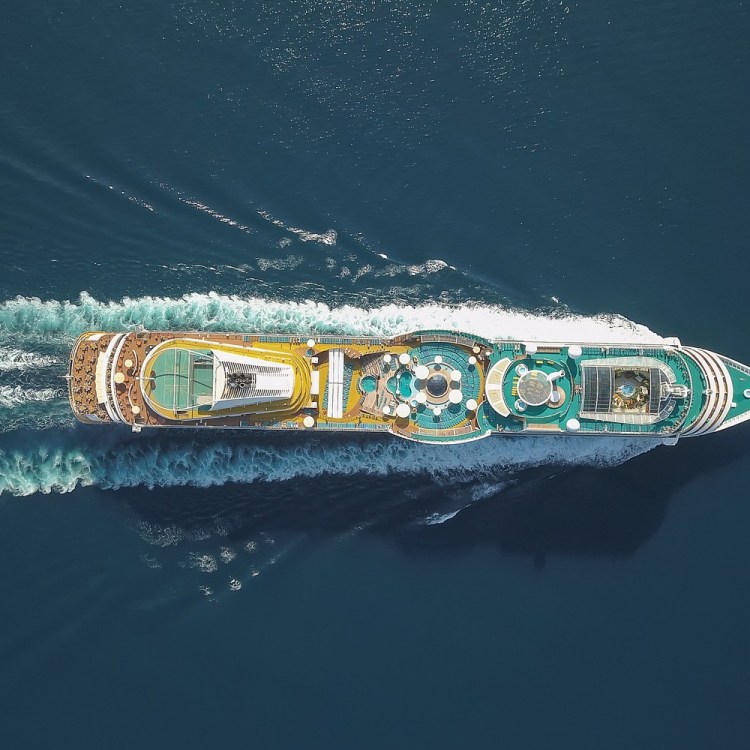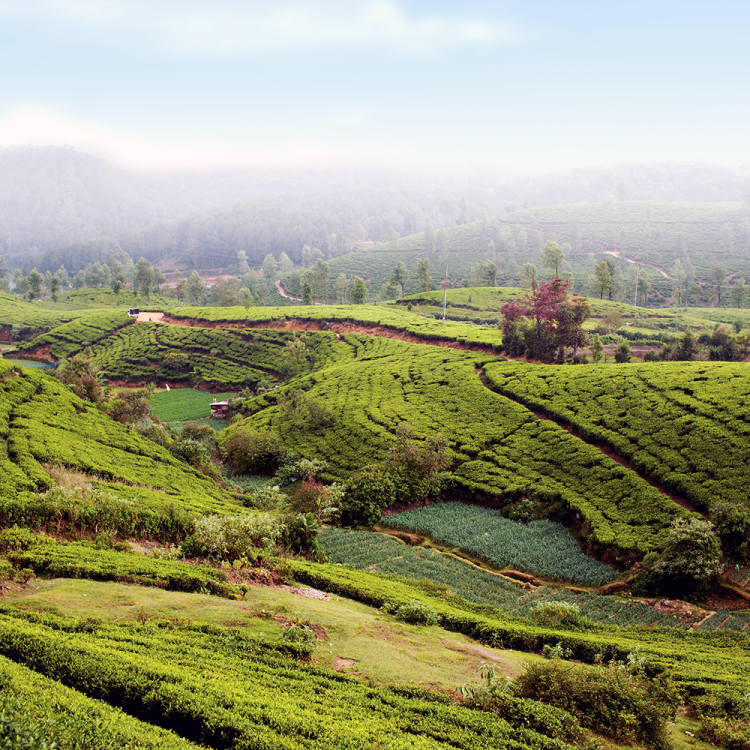Kinga Philipps is a journalist, adventurer traveler and conservationist. She has globe trotted for National Geographic, CBS, NBC, ABC and Travel Channel; written for countless outlets and, when not documenting her adventures, can be found freediving, surfing or swimming with sharks.
In Cuba, everything tells a story and, like one of those autostereograms of the 90’s, the more you relax into the sense of place, the more your eyes will see. As your vision softens past the delightful dilapidation and vintage auto wet dreams, they gently fade from focus and you transfer attention to the fastidious upkeep and detailed paint work.
As we were told, “In Cuba you do not buy a new cell phone because a new model comes out, you buy one only if yours is broken and you can’t fix it.” In other words, people take impeccable care of things because things are hard to come by. Take note of the person sweeping and washing the floors of every place you enter. Take note, that even in the most rural village, where electricity and clean drinking water are not standard, almost everyone is dressed in meticulously clean clothing and shoes.
And be sure to take it all in—while you can.
Because that once forbidden fruit that is Cuba may soon be kinda forbidden again. Well, folks, the good news is that determined American travelers can visit the tropical landscape while keeping a watchful eye on the ever-changing political landscape closer to home.
Fresh produce is the way to go in Cuba and roadsides are a colorful blur of fruit stands and mango trees dripping with enchanted candy crops that seem tended by Latin Oompa Loompas. Just don’t ask for papaya. It’s slang for lady parts. You’ll either offend or incite a fit of giggles and look like the quintessentially uninformed tourist. Fruta bomba is the proper, and far less embarrassing, terminology.
Here are some must sees when visiting Cuba:
Havana IS all the things you find hyped in travel magazines. Brightly-colored buildings crumbling, but still retaining their magnificent glory and representing a wide berth of architectural styles from colonial to art Deco; old American cars that would make any auto aficionado swoon; cigars and rum; Hemingway haunts and Godfather references. It’s a time capsule, no doubt. But if you dig beneath the fanciful exterior of perfect social media selfie opportunities you discover the proverbial iceberg hidden below the well-documented surface.
The Cuban city is face-to-face socializing at its finest, a bursting-at-the-seams art scene, national pride evident in the nuances of even simple conversation, an enthusiastic respect for nature, open mindedness and a lack of resentment toward their nearest neighbor—despite years of political propaganda— a flair for life’s simple pleasures, and an attitude we could all adopt toward capitalistic (over) consumption.
It’s not surprising that a country with so much passion and color will find a multitude of creative outlets for self-expression. The art scene in Cuba is thriving.
On e place to get a smorgasbord of current Cuban creative offerings all under one roof is the ultra-hip Fabrica De Arte Cubano (http://www.fac.cu)—a cultural center with a labyrinth of galleries and performance space all set in the frame of a former cooking oil factory. This remodeled industrial expanse is the brainchild of Cuban rocker X Alfonso, who wanted local painters, poets, photographers, musicians and actors to have an outlet to exhibit their craft.
The fun starts in line as classic car taxis drop off chic Habaneros and tourists alike. Young men wearing sunglasses and flashy shirts suggest you pay them five Cuban convertible pesos (CUCs) for a closer spot in line…because, you know, their uncle runs the door. The actual cover fee is two and the line moves fast, plus the people watching is great, so be sure to no gracias your way out of that one. Inside is a garden of earthly delights that’s more Alice in Wonderland than Hieronymus Bosch. There’s a concert-sized stage for live music, countless galleries and exhibits, film projections, poetry readings, theater space, and bars serving cocktails and food aplenty. The festivities run from 8 p.m. to 3 a.m., Thursday to Sunday, and you might legitimately need the full seven hours to see all there is to see, dance the night away and find your friends again in the maze of space. All this eclectic merriment is set in the funky and diverse Vedado neighborhood.
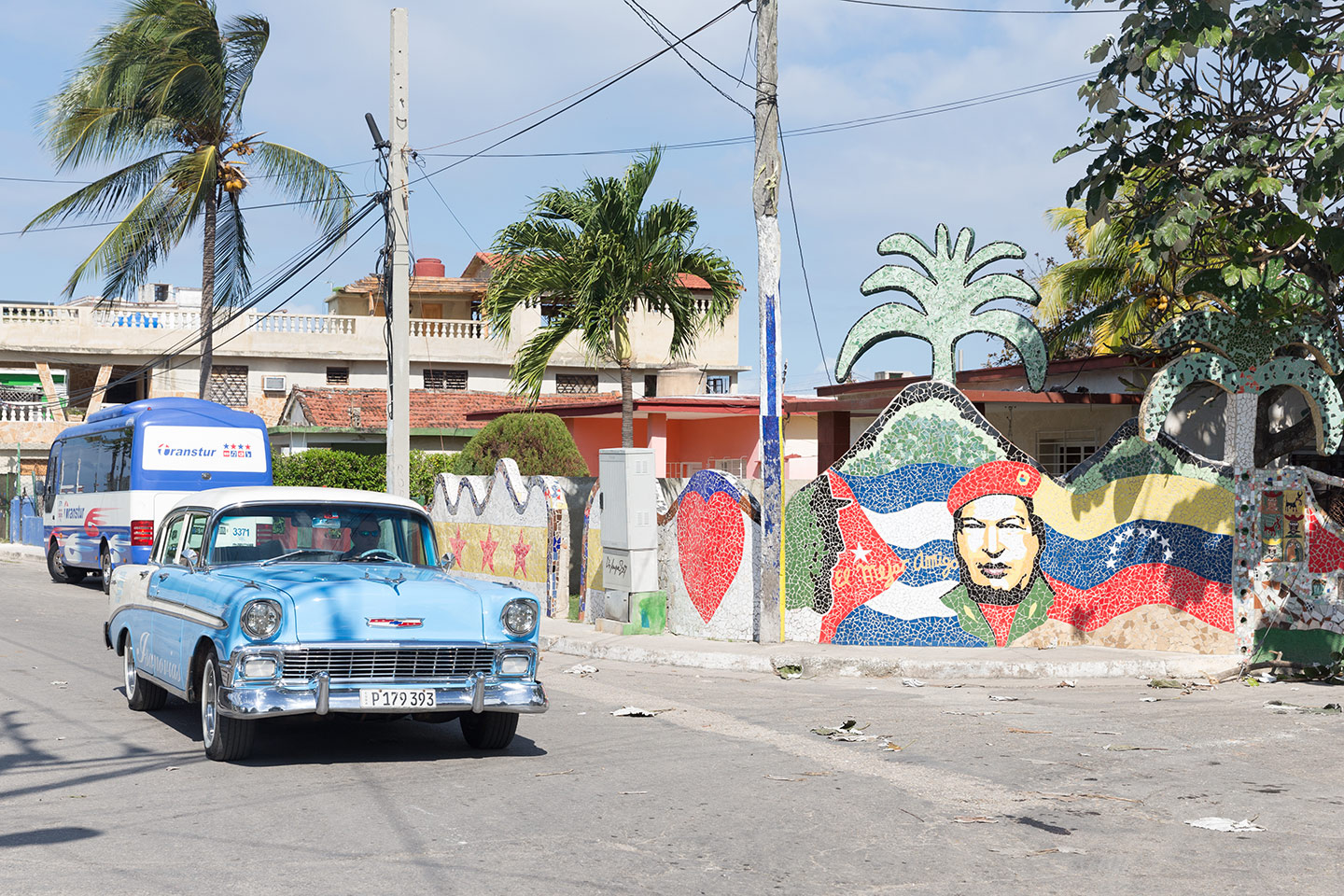
For a daytime example of whimsical artistic inspirations straight out of a Dr. Seuss fantasy, Fusterlandia (Jaimanitas, Havana) is a colorful ceramic and mosaic mecca inspired by artist Jose Fuster’s love of all things Gaudi and Picasso. Just west of central Havana this kaleidoscope of colors and themes, ranging from mermaids to Cuban history, spreads over half a neighborhood where good-natured residents have given Fuster free reign to express his Barcelona-and-mushrooms sensibilities on over 50 homes.
The septuagenarian artist, who still works and lives out of the main property that is open to visitors, even has a large pet tortoise greatly resembling Morla from NeverEnding Story. If there has ever been a place to let your inner child gaze with wonder, this might be it.
The Malecón is the social center of Havana. The five-mile esplanade and seawall is where people gather from sunset and into the night to talk, to dance, to eat, to drink, to romance, to play music, to fish and to live. And oh, are they good at living. This is the mellifluous heart and soul of an already dreamy and vibrant city. You haven’t lived until you’ve spent a few evening hours strolling the Malecón with the Habaneros. Bring along a bottle of Havana Club and a cigar, stop to watch the sun melt into the Caribbean blue and see what the local fishermen are hauling out of the waters…just like a legendary writer nicknamed “Papa” did well over half a century ago. There’s something ethereal about a place called “the world’s longest sofa” with a magnificent crumbling city at its back. At its front, across a mere 100 miles, is a not so distant world of opportunity dreamed about by so many over the decades—Florida.
Havana is extraordinary and you could realistically spend months exploring its side streets and art galleries, sampling its assortment of rum cocktails and local eats, visiting nearby white sand beaches and beautiful old cemeteries. But there is much more to see on this not so small island.
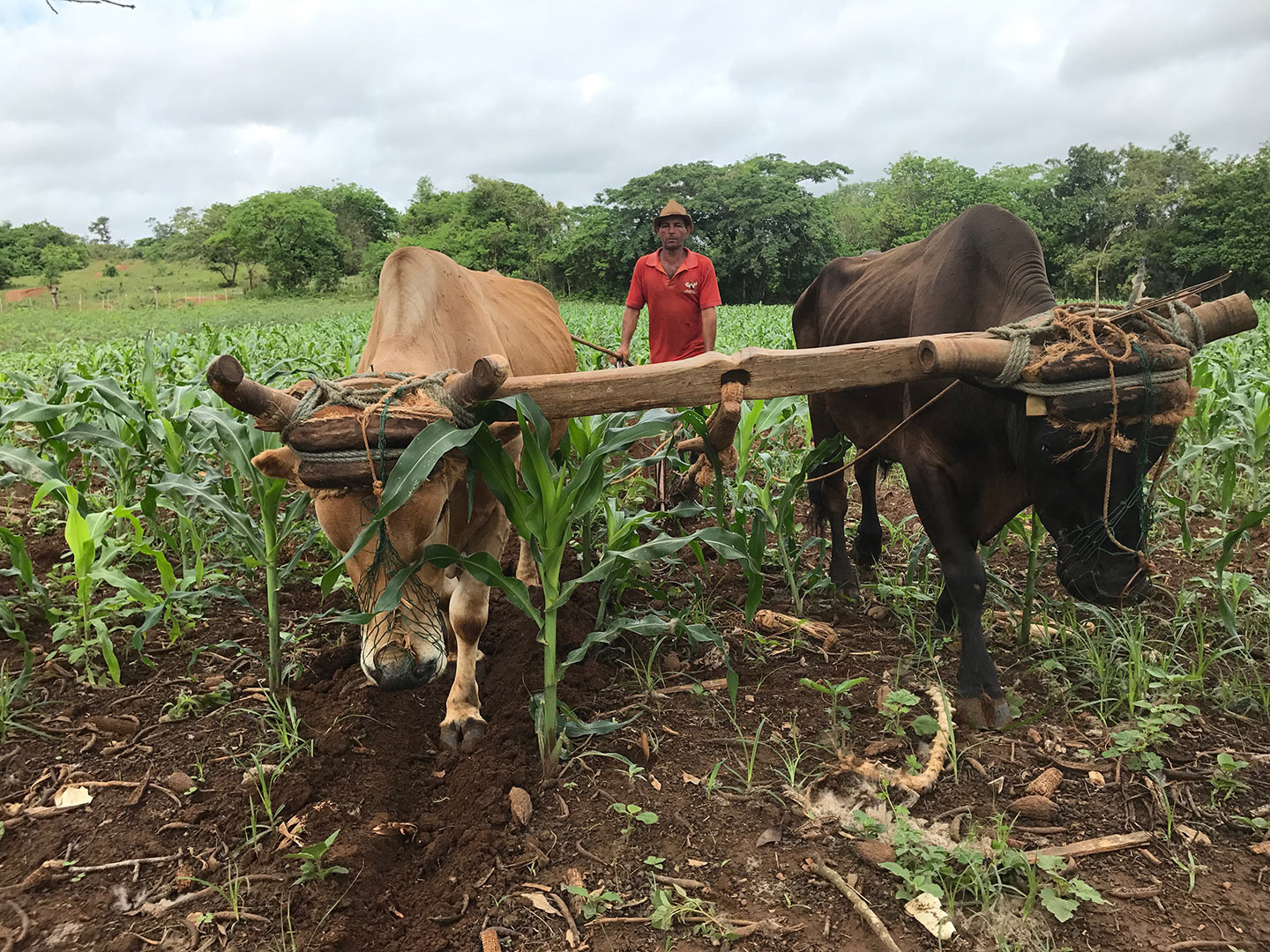
Roughly two and a half hours southwest of Havana is Viñales Valley. Resembling a movie-set location, there are striking karst rock formations, caves with underground rivers and tobacco plantations still plowed by teams of oxen. Even with an influx of visitors in the last 10 years, the town is stubbornly authentic and tranquil. The views are so otherworldly that the mind has a hard time keeping up with the eye. It’s so pretty it hurts. One of the most spectacular vistas is from the Pepto pink Hotel Los Jazmines (Carretera a Pinar del Río, Viñales, Cuba). It really is the best view in town. If you choose not to stay there, you can come for the day and use the pool for seven CUCs. They will also arrange horseback riding and a variety of other activities…as will most any place in town.
Whether you stay at the hotel or not, the food is nothing to write home about, so walk 100 meters up the road and pop into La Casa Verde for chicken served with beans, rice and soup. The view for sunset is epic.
Almost every home in Viñales is a casa particular—a homestay. For roughly 15-20 CUCs you get a room in someone’s home, with tasty meals for an additional fee (usually around five CUCs) and plenty of advice from your host on the best activities. Most of the casas are on AirBnB but you can literally walk down the street making your selection by curb appeal if you prefer. See more at Villa Koki (Coki) y Any (https://www.airbnb.com/rooms/13925536)
Viñales is known for tobacco farms. The rich red soil has made this valley a fertile agrarian paradise for over 200 years. Watching sun-baked farmers toil in fields that look like an electric green version of a Grant Wood painting, while swallows dart from their nests in the massive mogotes, isn’t a visual you’re likely to soon forget. Throw in a chorus of tropical birds and twinkling fireflies and it’s almost too much to handle.
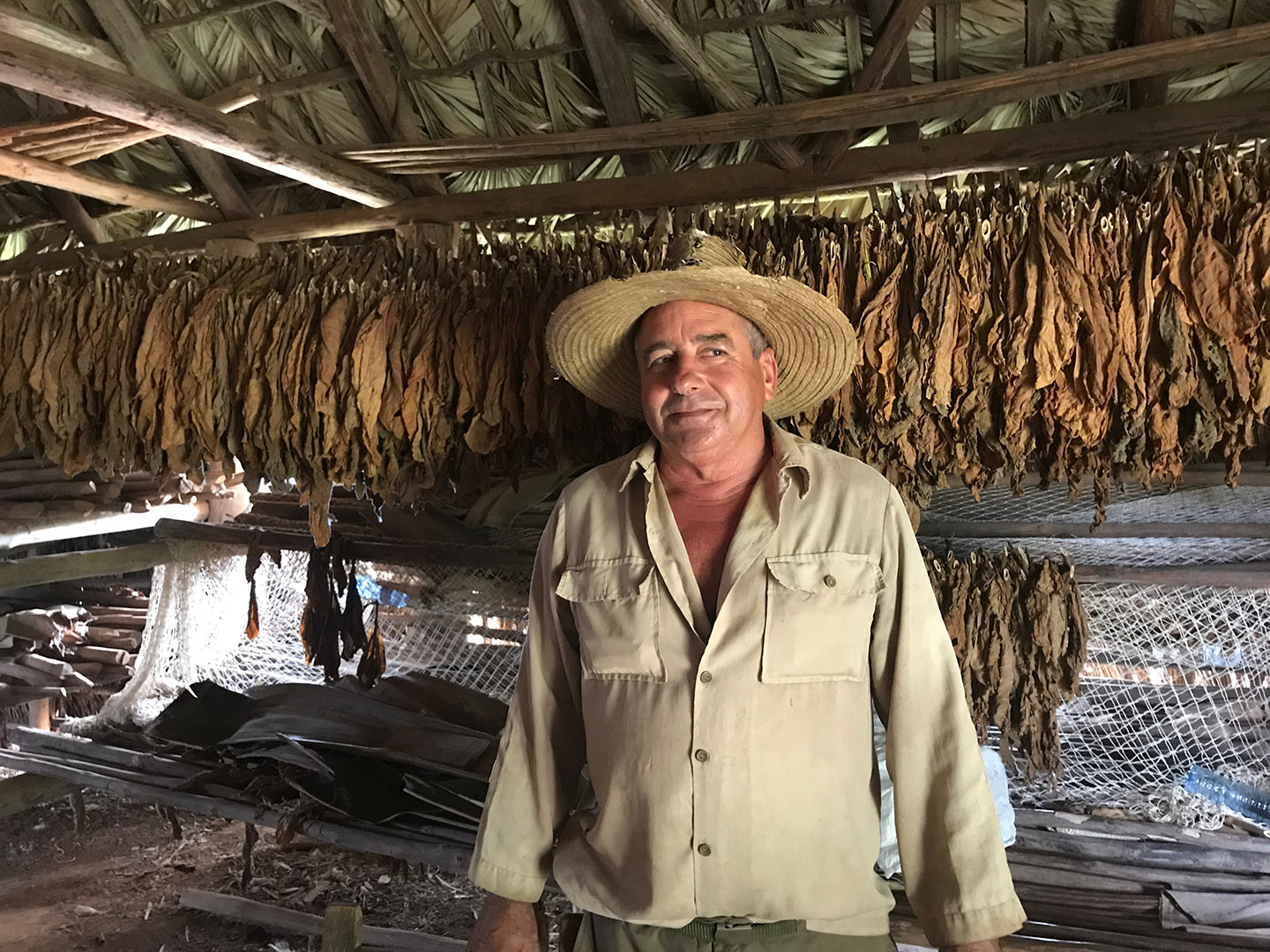
Tobacco grows fast. After three months, the plants are harvested and dried in grass roofed curing sheds before undergoing the pre-rolling fermentation process. It’s all very old world picturesque to experience and historically significant since these very cigars were illegal under the United States trade embargo until very recently. Since these laws seem to be as fluid as the Viñales summer rains, get em while they’re not hot seems an appropriate sentiment.
The farmers are required to give up 90 percent of their crop to the government where it is processed into labeled Cuban cigars and sold in the cities. The 10 percent that remains is rolled and sold in Viñales. These cigars contain no preservatives; they are flavored with cinnamon, honey and rum and will run you about 30 CU’s for a pack of 16.
Many of the more rural homes have no electricity or potable water, but they will graciously offer you rum and a place to hide from the frequent daytime rain showers. Ask for the local specialty, Canchanchara. The recipe varies throughout Cuba but the Viñales version consists of fresh squeezed sugar cane juice, honey and rum served in either a tree ripened grapefruit or orange, depending on the season.
Viñales Valley is a UNESCO world heritage site—and for good reason. Besides riding horses through its Jurassic Park-like landscape, you can visit Cueva del Indio and take a boat back to the outside world via a subterranean river. Keep an eye out for dinner-plate sized cave spiders…or pretend they don’t exist. If you’re really into spelunking, the St. Thomas cave offers even more opportunity to explore underground.
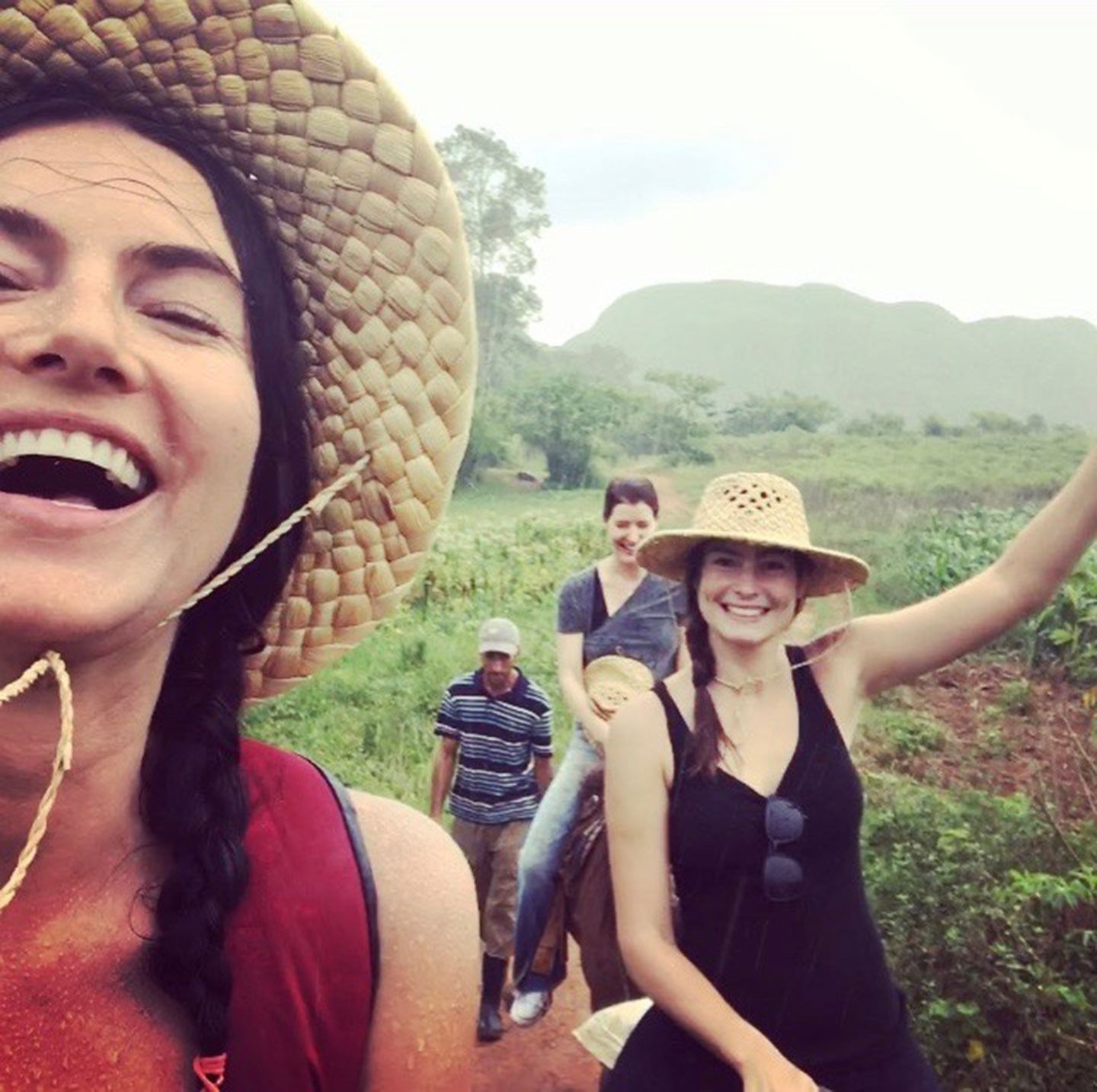
Renting bikes, hours upon hours of hiking, day trips to nearby Cayo Jutias and Maria La Gorda for scuba diving and white sand beaches are options. Then again, so is sitting in a rocking chair, drinking Canchancharas and doing absolutely nothing. Give yourself a few days to do all of the above. In addition to breathtaking natural beauty, the people have a tranquility about them that permeates the atmosphere and makes you feel sleepy with good vibes. There is a reason Viñales Valley is rumored to have been Fidel Castro’s favorite part of Cuba.
In the end, Cuba is a perplexing juxtaposition of a derelict and oppressive political regime and a glass half full nation of wonderful people, magnificent natural wonders and fairytale like locations.
It’s the Goldilocks and the Three Bears of destinations. It’s not too much. It’s not too little. It’s delightfully just right.
The Logistics
Travel Regulations for US Citizens and Visas: The rules just keep a changin’. Check government websites to be in the know of latest travel restrictions and requirements.
US Embassy in Cuba:
https://cu.usembassy.gov/u-s-citizen-services/local-resources-of-u-s-citizens/traveling-to-cuba/
Can’t make heads or tails of it? Join the club. Seems travel restrictions won’t be enforced until the government knows exactly what those restrictions will entail. Until then, if you’ve already booked your trip, you’re mostly OK. But keep checking. As of now, Visas, flights, hotels and Airbnb can still be booked online.
If you’ve booked a flight, call your airline. Some include visas in the ticket price, others do not.
For Cuba Travel Visas:
http://cubatravelservices.com/plan-your-trip/visas/
Cash: Exchange money into either Euros or Canadian dollars, depending on exchange rates. US dollars are hit with a 13% change fee (10% penalty and a 3% currency exchange). Most international airports have an exchange desk and you can even go online and reserve cash in advance to pick up before your flight.
ICE International Currency Exchange
http://www.iceamerica.com/local_branches.aspx
You cannot use US credit cards so you must bring enough cash with you. This is important because if you run out, you’re out of luck. Check the above-mentioned government websites to be aware how and where US citizens can and can’t spend money in Cuba.
Cuba has two kinds of currency: CUCs and Cuban pesos. Tourists mostly deal with CUCs and those are generally even on a 1:1 ratio with the US dollar. Cuba can be inexpensive if done right: An average meal in a good restaurant will run you between six CUCs on the low end, and 18 on the higher end. A good mojito should be around three CUCs. Taxis and transfers can be a little pricier: A 15-minute ride will run you about 10 CUCs. A transfer from Havana to Viñales Valley will run you between 80 and 140 depending on your negotiation skills.
Language: Learn some Spanish. Even just un poquito. If you can’t, go with a Spanish-speaking friend. Your experience will be vastly different in the way you connect with and experience the local culture. Download Google translate on your phone and get the offline Spanish version…internet is spotty and only available in certain locations so don’t count on it. To use internet, you have to buy cards. Most hotels offer them at the front desk and they run about one fifty for an hour.
Getting Around: You can absolutely see the sights of Havana on your own (or with a sanctioned travel group under possible new travel restrictions) and get around just fine, but it’s not a bad idea to hire a guide to see the highlights. We hired a family friend, Adolfo. An attorney by trade, he now makes a better living organizing travel for out-of-towners. Not only is he an incredibly lovely human with immense knowledge of Cuba and its gems, he can arrange anything for you from dinners to beach days to scuba diving to transfers across the country. He also speaks English. A day spent with a good guide like Adolfo wont set you back much more than taking cabs to all the locations. It’s a smart choice for a day or two. If he’s not available, this charming human will put you in touch with someone equally fantástico. (Contact Adolfo Gonzalez Martinez at je1999@nauta.cu)
Learn: Read the history of where you’re going. This is particularly important for Cuba. The best way to properly absorb everything from the architecture to the food to the attitudes of the people is to have an understanding of what experiences led them there. This is so significant that a part of me wishes there was a history pop quiz at Cuban customs you had to pass to gain entry.
Accommodations: Peak seasons are July and August and December through March, during which time space does become limited. Your options are a hotel or a casa particular—basically renting someone’s home. Here’s the breakdown on that: The government owns nearly all hotels and resorts, so if you want to have a more authentic experience and put money in the pockets of local people, opt for a casa particular. Check the government websites above to make sure there are no travel restrictions on US citizens staying in government owned hotels.
Most of the casa particulars are now on Airbnb, and this should continue to be the case despite changes to US travel and business dealings in Cuba. Locals are meticulous about cleanliness and the casas are usually spotless, if humble. Your hosts will almost always include meal options for a small extra fee. These meals tend to be better than what you find at restaurants.
Safety: Cuba is a common-sense country. Safety is generally quite high and there is not a lot of crime. Men are very respectful of women. If I had a CUC for every time a man told us that he’s married to the most amazing woman, I’d buy a round of mojitos for everyone reading this article. They will compliment you and blow kisses, but they are not invasive of personal space or persistent. Cuba is thankfully still free of immense amounts of street vendors and service pushers. The ones who exist might approach you once to offer taxi service or coconuts on the beach, but politely wish you a good day and walk away if you’re not interested.
Health and Sanitation: Drink bottled water. Bring Imodium. Carry extra toilet paper. Public restrooms are generally clean and well maintained…even if toilet seats might sometimes be missing.
Food: Cuba gets a bad rap for food. It’s not entirely underserved—but go with a bit of the “when in Rome” philosophy. Order the local dishes and you have a much better chance of enjoying your meal. Ropa Vieja is a consistent winner. Rice and beans are the staple you can’t go wrong with and are generally served with every meal. Chicken prepared in a variety of styles from grilled to fried to “with blow”—which turned out to mean pineapples not narcos—was good just about everywhere we went. Like with many things in Cuba, from hotels to cigars, there are also two types of restaurants: the government owned and the private paladares. Guess which one serves better food? Tipping on most things, including meals, is 10 percent.
Helping the People: The basics are still difficult to come by for Cubans. If you bring extra toiletries and medicines, leave them as a gift in your casa particular and they will be greatly appreciated. In rural areas people boil water or use a sand filtering systems for drinking. It doesn’t necessarily eliminate bacteria and digestive issues are common. We brought a water filter from the non-profit organization Waves for Water. You can do the same. For more information, see Waves for Water (http://www.wavesforwater.org/couriers)
This article was featured in the InsideHook newsletter. Sign up now.


















